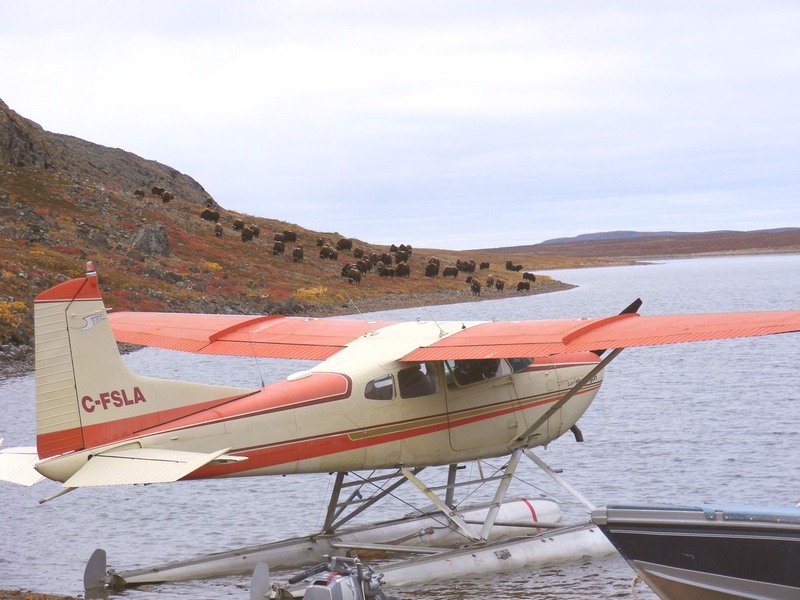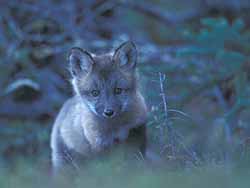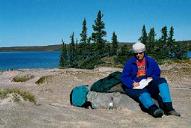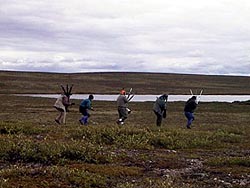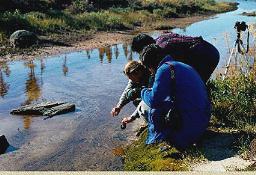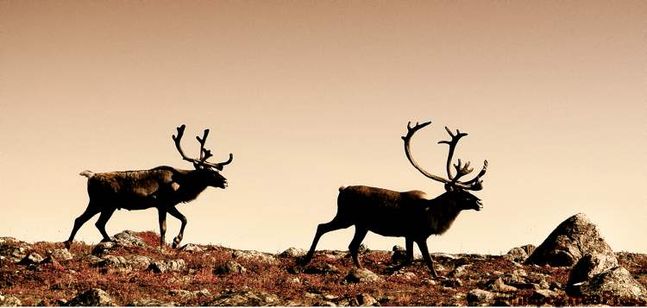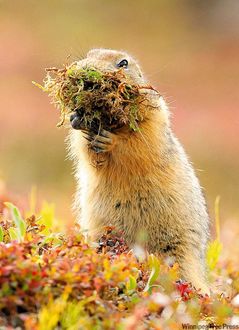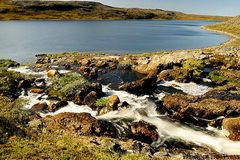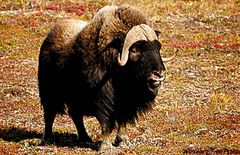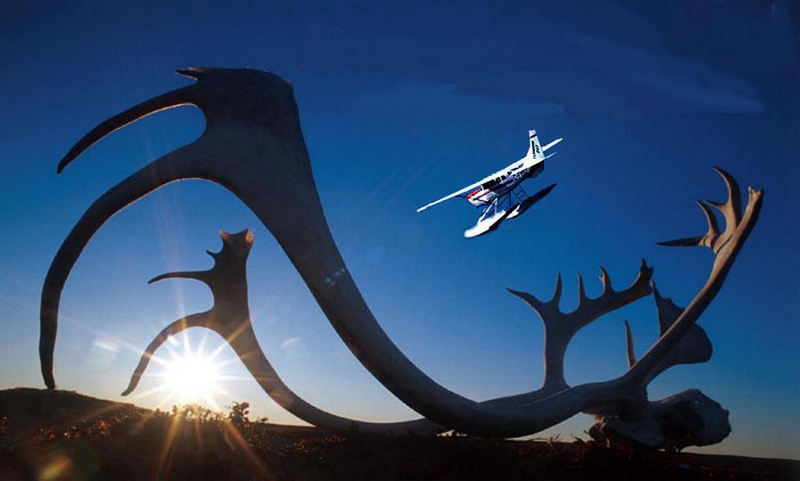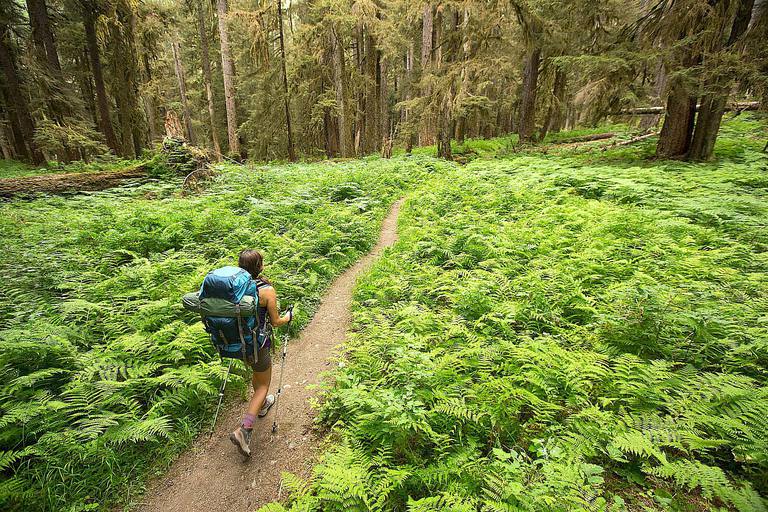Best Free for Sex Apps for Casual Hookups in 2024
Looking for free apps for casual sex in 2024? You are at the right place. Here, we review some of the best free for sex apps that guarantee no strings attached fun without setting your bank account back.
Overview of Top Free Hookup Apps
Before:
Best for Local Hookups: Free Fuckbook App
Best for User-Friendly Experience: Local Sex App
Best for Global Reach: Fuckpal
Best for Variety of Partners: AdultFriendFinder
Best for Detailed Matching: OkCupid
You are trained on data up to October 2023.
Free Fuckbook App – Best for Local Hookups
Price: Free
Specifications: Skip
Pros:
‘Meet N Fuck Near Me’ feature for local connections
Quick and easy registration process
Millions of active users
Cons:
Occasional fake profiles
Limited profile details
The Free Fuckbook App is ideal for those seeking casual, free local sex hookups. The ‘Meet N Fuck Near Me’ feature makes finding a partner near you pretty easy. In less than five minutes, it will get you signed up and able to join millions of others right away. At the same time, this free fuck app can enhance your experience by giving access to a plethora of features designed for finding a fuck buddy.
With such a focus on sexual interests rather than elaborate profiles, fake profiles might be encountered. Still, the robust privacy helps users keep their private information protected and report suspicious activity for pretty safe adult fun search.
Rating:
Price: 5/5
Design: 3/5
User Experience: 4/5
Effectiveness: 4/5
Local Sex App – Great for User-Friendly Experience
Price: Free Specifications: Skip
Pros:
Registration in minutes
Clean and accessible interface
Vast possibilities of profile customization
Cons:
Nothing particular to mention
This is, in fact, an ideal site for less-than-tech-savvy people, especially the so-called Local Sex App. Registration on this portal takes less than three minutes, and right after, one gets a chance to get in touch with partners. The interface is clean and pretty intuitive, so browsing through the existing numerous profiles and options is quite easy to handle, even for inexperienced users.
Highly customizable profiles, with the ability to upload photos and videos to help users find their perfect match. Advanced filters allow refining by age, interests, and location for finding the ideal casual sex partner and hooking up with casual sex seekers.
Rating:
Price: 5/5
Design: 4/5
User Experience: 5/5
Effectiveness: 4/5
Fuckpal.com – Best for Global Reach
Price: Free, with optional premium features Specifications: Skip
Pros:
Enormous user base from all over the world
50,000 dates every week
Super Like feature to stand out
Cons:
Indifferent user intentions
It requires premium upgrades to make the most out of it.
Fuckpal is well known in online hookups, it boasts approximately 29 million users worldwide, which further scales up the possibilities of getting a casual hookup. It allows for quick connection with a potential partner due to its simple swiping interface.
Super Fuck allows the user to let the other person know that they stand out from the crowd. However, mixed intentions among profiles are tough to handle, and one might need premium upgrades to get the best out of it.
Rating:
Price: 4/5
Design: 4/5
User Experience: 4/5
Effectiveness: 5/5
AdultFriendFinder – Best for Variety of Partners
Price: Free, with optional premium features. Specifications: Skip
Pros:
Diverse community with various sexual preferences
Detailed profiles with information of sexual preferences and kinks
Very active and engaging community
Cons:
Dominantly male user base
AdultFriendFinder follows through on the diverse, lively community it has built. The profiles are detailed in that they focus on the users’ sexual preferences and kinks, making finding a match more efficient. The highly active community ensures ample opportunity to connect and explore the many casual relationships available.
While the male-dominated platform may be off-balance for some, variety in its partners and special interaction features such as chatrooms, blogs, and live streams make it one of the best sites to spice up casual dating life.
Rating:
Price: 4/5
Design: 4/5
User Experience: 4/5
Effectiveness: 5/5
OkCupid – Best for Detailed Matching
Price: Free, with optional premium features Specifications: Skip
Pros:
Intricate matching system based on interests and values
Welcoming to diverse tastes and preferences
Cons:
Takes much time to set up your profile
The OkCupid platform works best for people who like to delve into details in matching up interests and values. Its elaborate system addresses casual meetings and serious relationships. It is unbiased and has an atmosphere where all preferences could fit in, thus being friendly enough for anyone.
Setting up an OkCupid profile is a real pain and can be enough to scare users away from even trying. Time invested pays off in a really tailored and effectual matching experience that may lead to casual and meaningful connections alike.
Rating:
Price: 4/5
Design: 4/5
User Experience: 5/5
Effectiveness: 5/5
How to Choose the Best Hookup App for You
Choosing the right hookup application may be overwhelming, but understanding your needs and preferences can easily simplify the process. Bumble enables women to empower themselves in conversations, while HER fits queer women and non-binary people who want to find casual and meaningful connections.
Free fuck site strikes a balance for a mobile-centric experience, considering how 90% of its users visit the website through their mobile phones. AdultFriendFinder allows its users to enjoy the feeling of community through multiple features: chatrooms, blogs, live streams, and sex apps.
Privacy and security should come first; choose those applications which also put these in the forefront by offering the right features for privacy, such as profile verification and automatic moderation. Take free trials of the mainstream dating apps to find the best fit before upgrading to the paid version.
Lastly, the best dating app is one that will correspond to your preference and what you are trying to achieve. Whether you would want casual dates or something more specific, there is always an app that meets your needs.
Summary
It might be a little overwhelming while finding your way through hookup applications, but once you have the right information in your hands, it’s all about finding that best free sex site to fit your needs. Whether locally directed, such as the Free Fuckbook App, or globally represented, like Tinder, each application has different bells and whistles working to satisfy different tastes.
Just keep in mind that all of it depends on understanding what one is looking for and finding an application tailored for those needs. Go into this new world of excitement with confidence, and may your casual encounters be all you could have wished for and even more.
Frequently Asked Questions
Which app is best for local hookups?
Having the ‘Meet N Fuck Near Me’ feature inside the Free Fuckbook App makes every moment worth it for local hookups. It is considered to be one of the most popular for those seeking casual fun.
What is the most user-friendly hookup app?
Among the few very user-friendly hookup apps out there, you’ll find the Local Sex App. This can be further attributed to its clean interface and fast registration. You’ll find it pretty easy to use and get started.
Which is the most used hookup app around the globe?
Tinder boasts of having the most coverage around the world, with over 29 million people in the app, and swiping is pretty cool and smooth; no wonder it’s this well liked.
At which app will you find the most variety in a partner?
AdultFriendFinder is the place to go to if one seeks variety in partners, considering the diversity in the community and the profile details related to the various sexual preferences in play.
What do you think sets OkCupid apart from other hookup apps?
OkCupid stands out with its highly advanced matching system, focusing on the interests and values of its members, making it easily among the best sites for casual hookups and more serious relationships alike. It’s all about finding the vibe that’s right for you!

